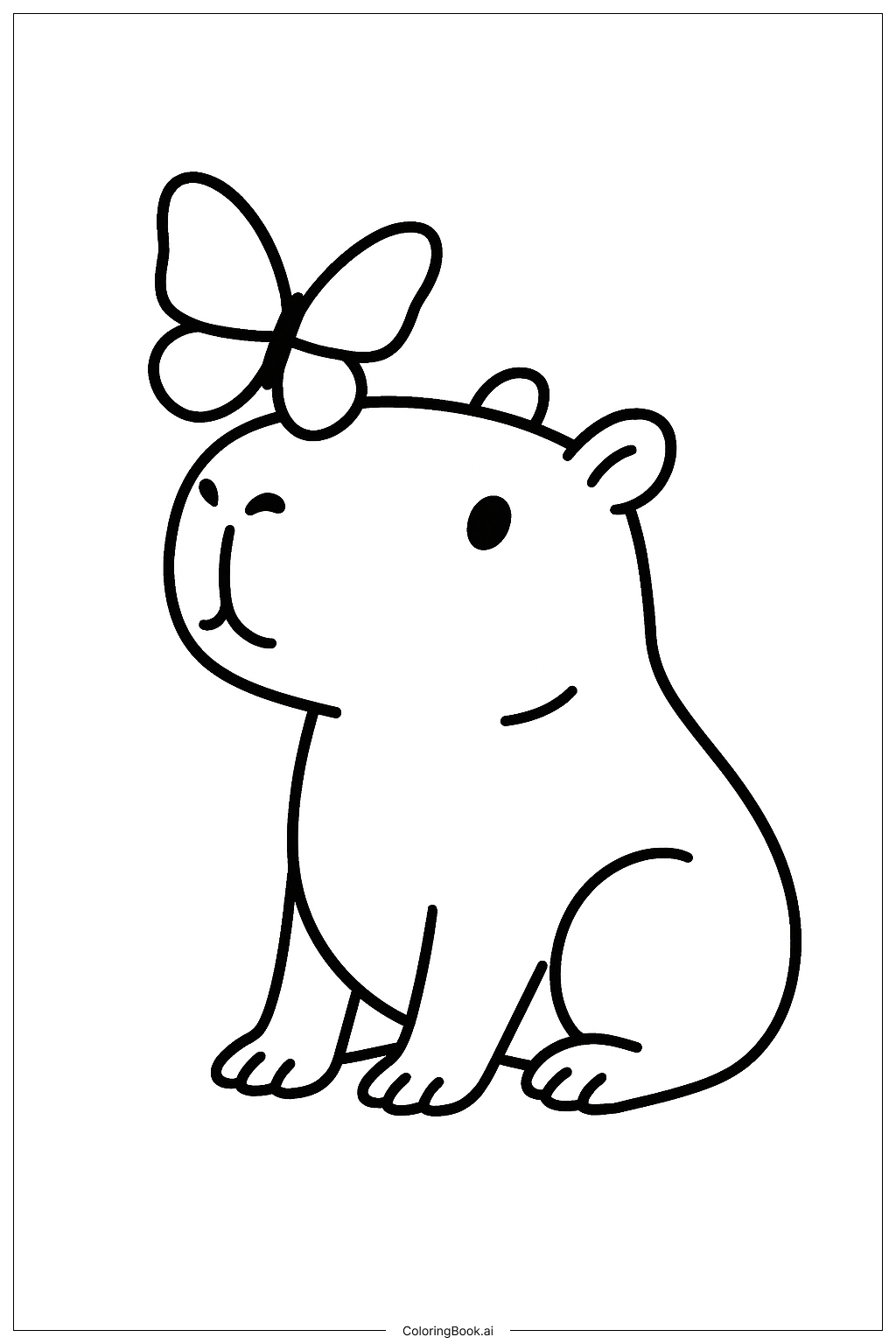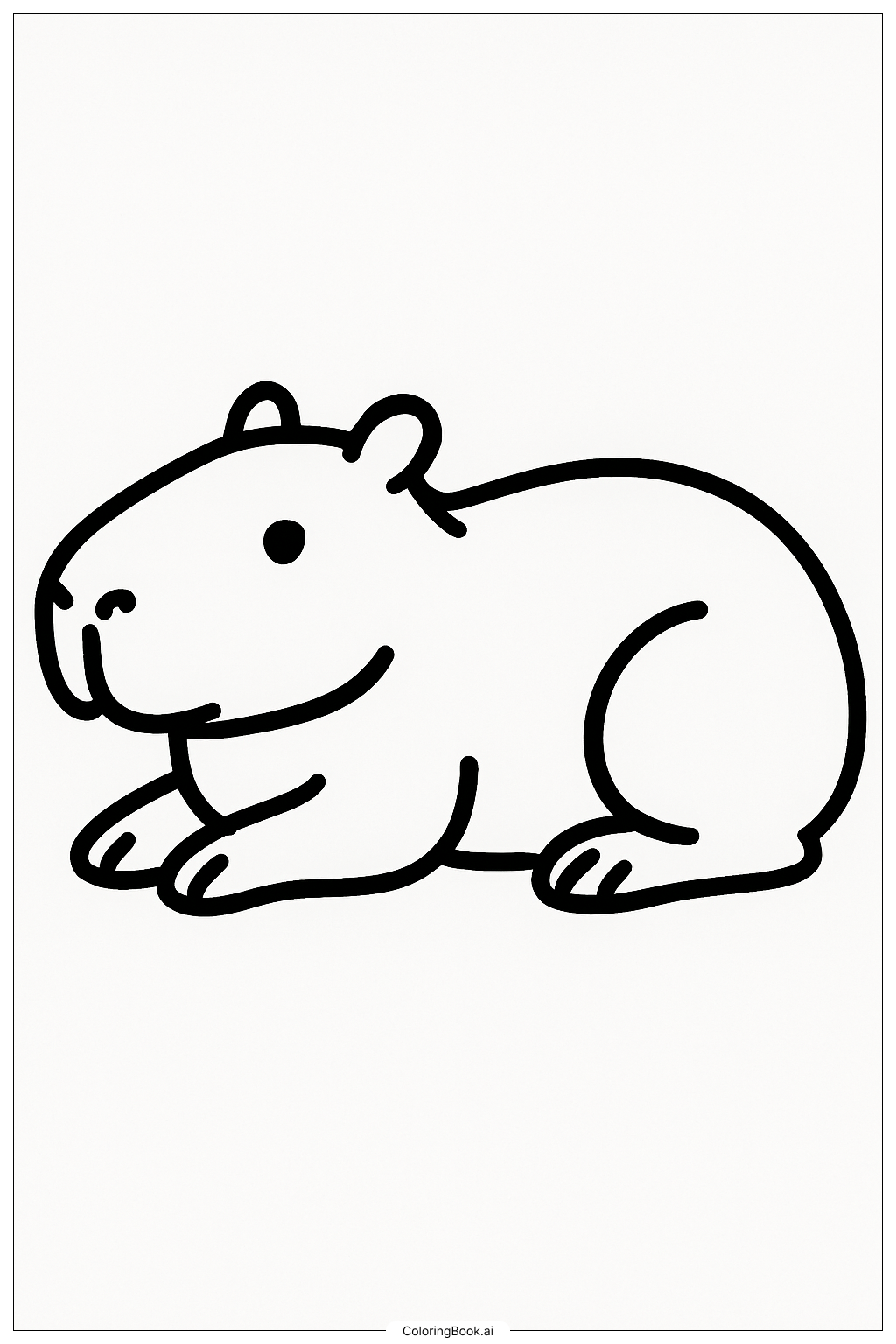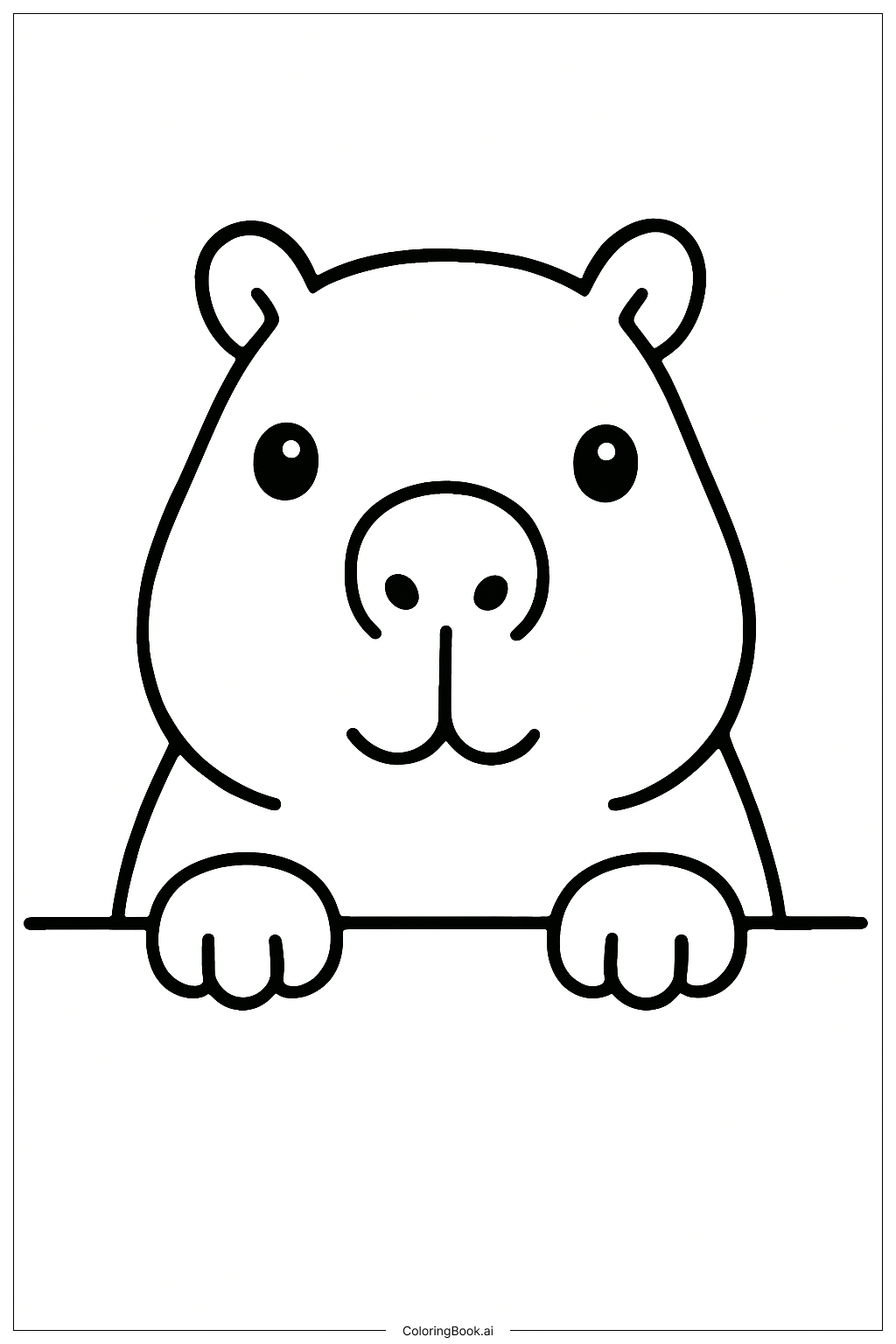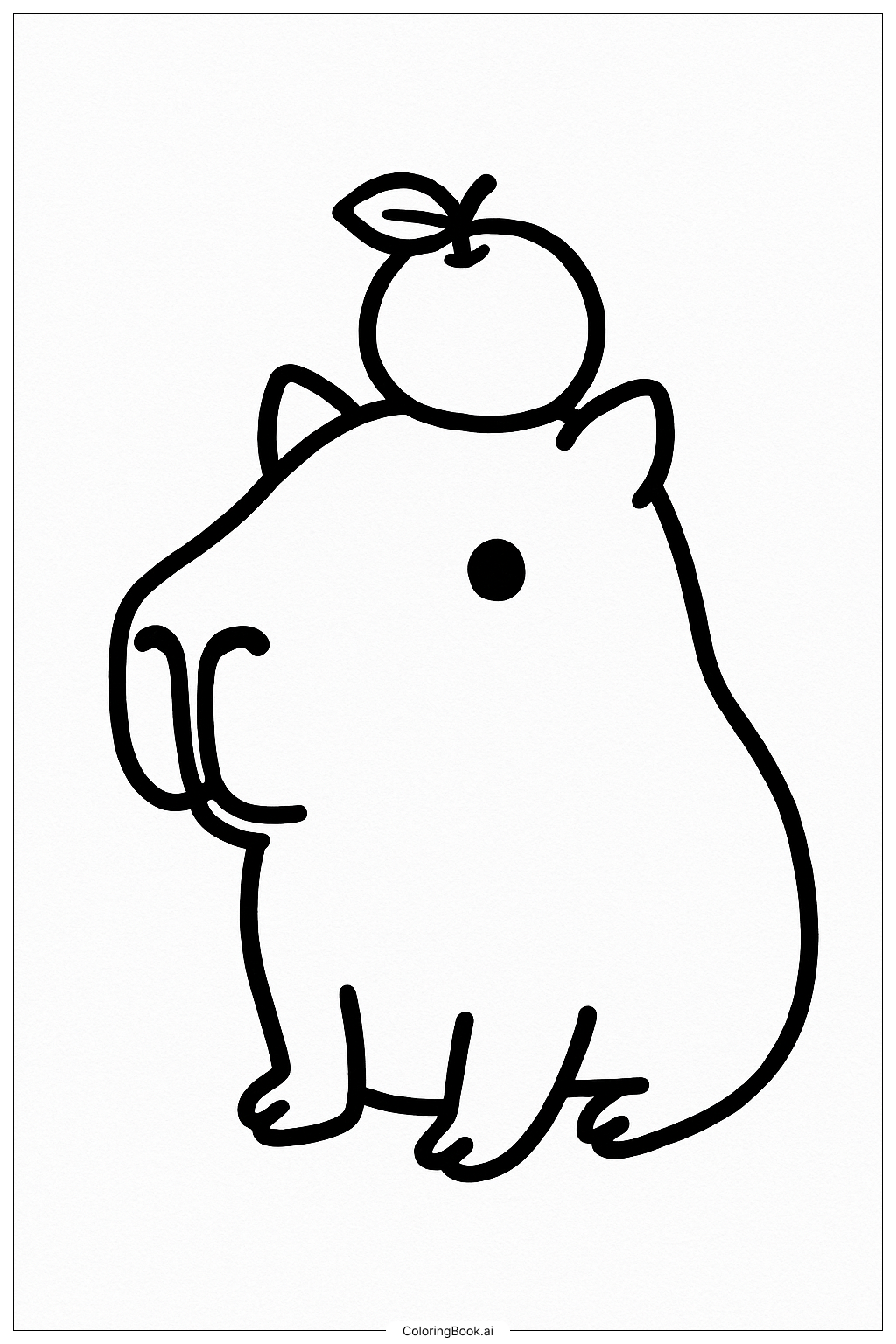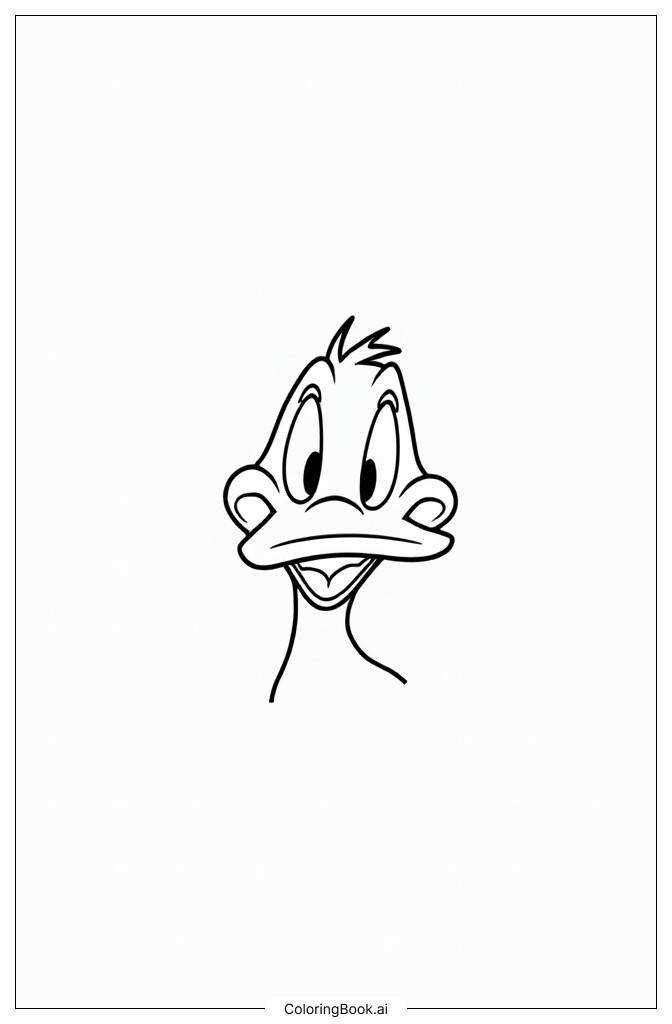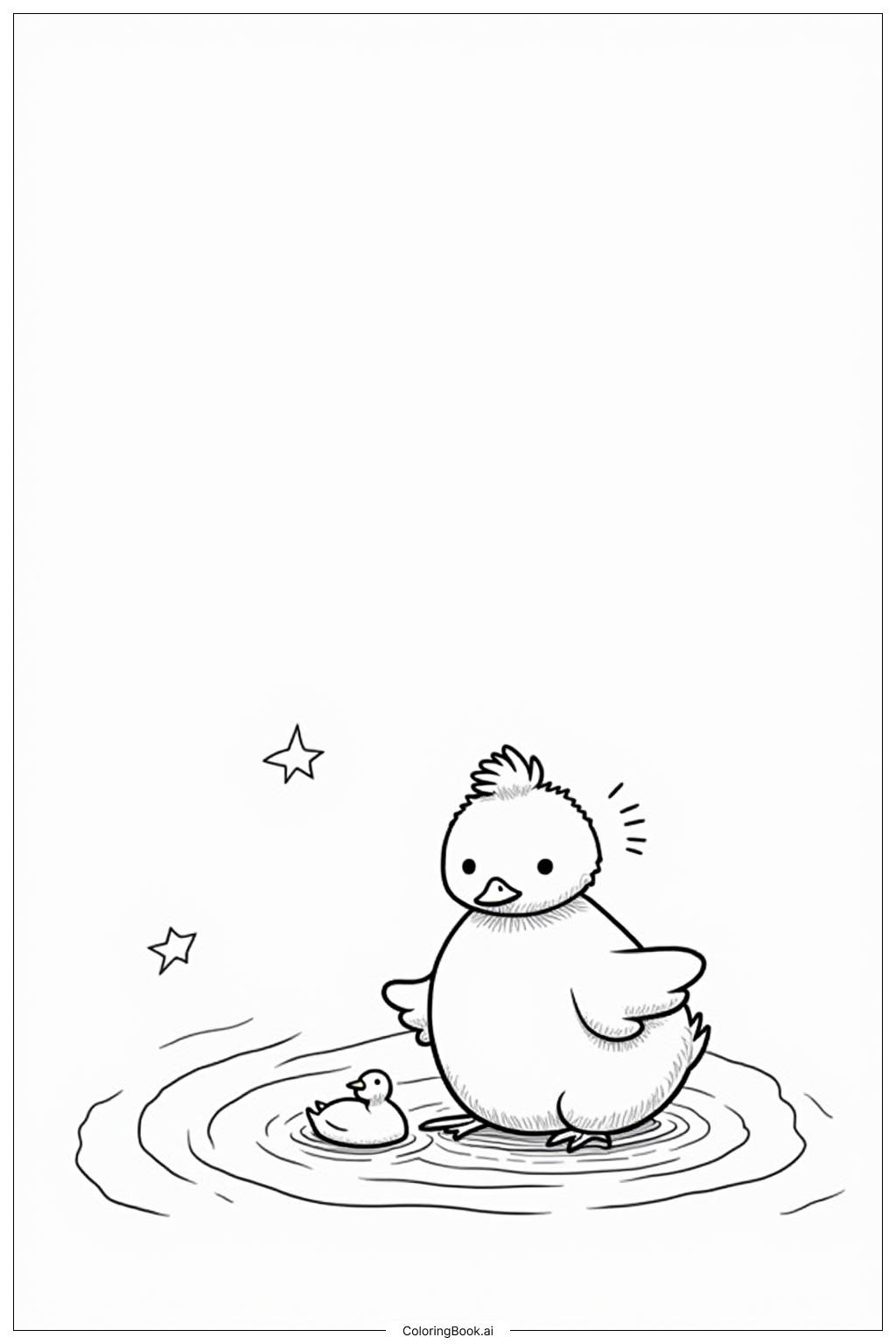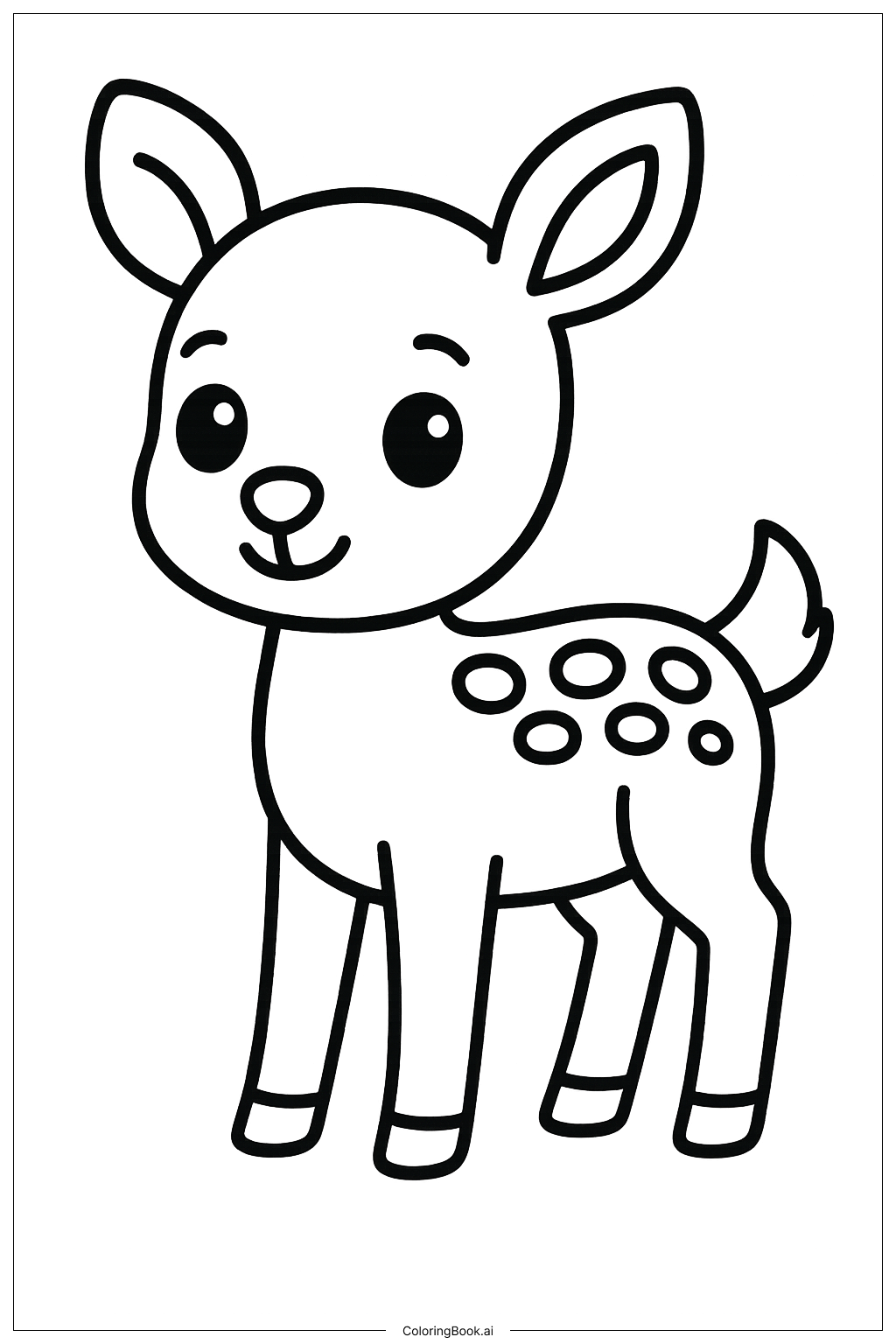Coloring tips: How to color Capybara And A Single Butterfly coloring page well?
Use soft brown or tan shades for the capybara's body to reflect its natural color. For the butterfly, pick bright colors like yellow, orange, or blue to make it stand out. You can also add gentle shading on the capybara’s body to give it a round, soft look. Use light colors for small details like the paws and ears. Feel free to create a simple background with green grass or flowers to add more life to the scene.
Coloring challenges: Which parts are difficult to color and need attention for Capybara And A Single Butterfly coloring page?
1. Coloring inside the small areas like the butterfly's wings and the capybara's paws might be tricky for younger children. 2. Shading the round body to create a soft, three-dimensional look requires some attention to detail. 3. Making the butterfly bright and distinct may be challenging to balance colors well without overwhelming the picture. 4. The simple lines demand careful coloring to avoid coloring outside the lines and keep the picture neat. 5. Choosing the right colors to keep the capybara looking natural but lively can require some thought.
Benefits of coloring books: Advantages of drawing Capybara And A Single Butterfly coloring page
Coloring this picture helps improve fine motor skills by practicing staying within the lines, especially around small wings and paws. It encourages creativity as children decide on colors for the capybara and butterfly. The peaceful image also promotes focus and calmness while coloring. Plus, it introduces young artists to animals and nature, inspiring curiosity and learning about capybaras and butterflies.
